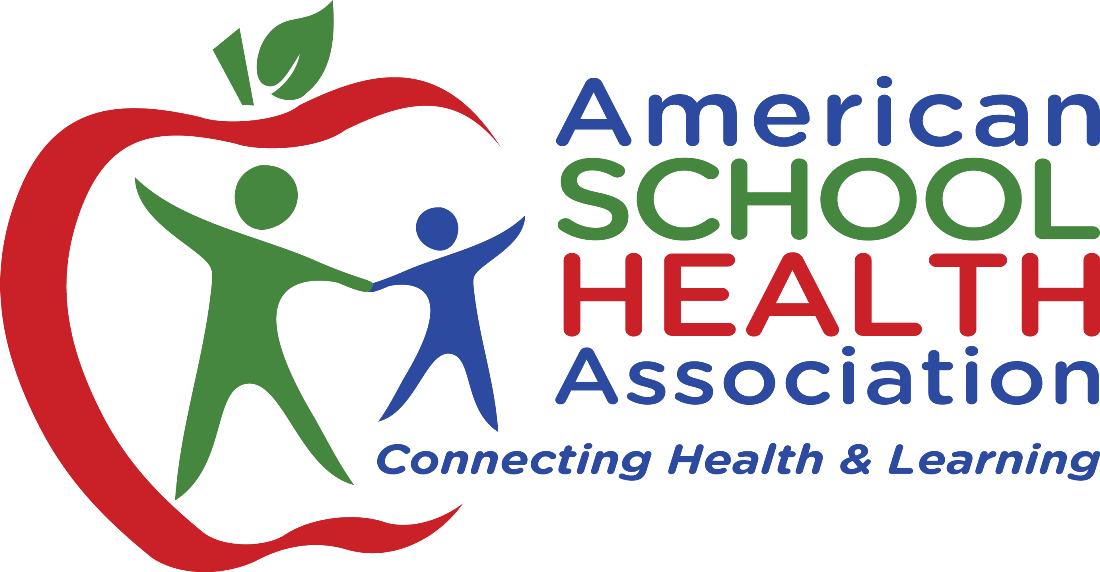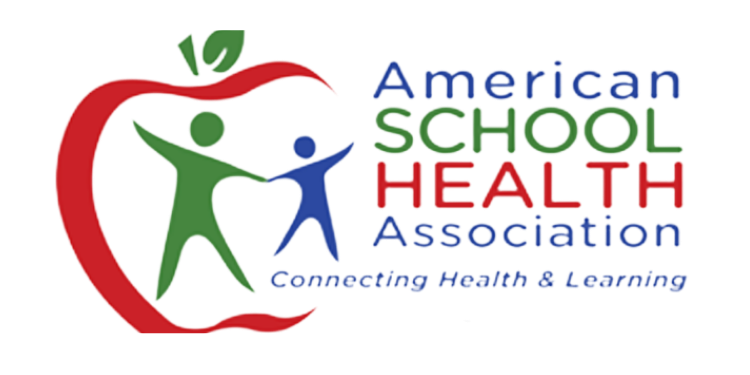Against All Odds: Helping Kids Survive and Thrive
Years ago, I read an article in the Sunday New York Times entitled “Against the Odds, 2 Teenagers Prevail.” This story, about a brother and sister who exemplify resilience, has a message for all of us who work with children and youth. School officials knew the siblings to be engaged and challenged. Both participated in school sports programs and had excellent grades and attendance. Both held part-time jobs to help support their family. By all appearances, these kids were healthy and safe.
Their father had died several years before so when their mother passed away from drug use, school officials were shocked at the teens’ living conditions: no heat, frozen pipes, holes in the walls, and broken windows in their small trailer. Upon returning to school after the death of his mother, the young man said he was going to continue doing what he did best—working and going to school.
The secret was out. The high school counselor contacted social services for assistance and school staff helped raise money to repair the trailer. Growing up, the kids never had anyone they could ask for help. This became their motivation to have a better future. For years, no one at the school knew what life was really like for these two kids.
Both had aspirations beyond high school: the younger sibling took classes at a vocational high school and wanted to become a registered nurse. The older sibling received a full scholarship to a local university but didn’t want to sleep in the college dorm because he was his sister’s legal guardian and she still needed him. Not many kids in his high school went to four year colleges anyway.
Why do some kids survive and thrive and defy the odds? When I thought about an appropriate speaker for ASHA’s 2015 conference, Going the Distance, I kept thinking about how some kids go the distance every single day. They work hard in the classroom, on the athletic field, and at part-time jobs. Sometimes these kids are under the radar—we see them but only peripherally. We are so caught up in the obvious, those kids who overtly exhibit “at-risk” behaviors that we miss the subtle calls for help and support from these invisible kids. As a result, some kids just give up—it is just too tough to navigate these waters alone. However, some kids manage to make it despite the odds. While many of us understand risk reduction, protective factors, and connectedness, how do all these things come together to develop strong, resilient kids?
ASHA’s 2015 keynote speaker, Dr. Kenneth Ginsburg says that
Healthy youth development is most likely achieved when both risk factors, such as poverty, dysfunctional family life, toxic stress, and violence exposure, are low and protective factors such as meaningful connections to adults, safe and adequately resourced schools, and ample community-based programming are in place.
Our challenge, as health and education professionals, is to address risks while building on existing strengths. Dr. Ginsburg will challenge us to prepare young people for the future. He tells us that connections are key, that young people need to feel valued, and that many unhealthy behaviors are related to stress. Dr. Ginsburg will share stories of children and youth who have overcome the odds and who have developed into caring and productive adults. After his keynote, Dr. Ginsburg will continue to share stories about his work with adolescents in a follow-up workshop, sharing wisdom from his years as an adolescent physician at Children’s Hospital of Philadelphia and as medical director for Covenant House. In addition, he will talk about “Reaching Teens: Strength-Based Communications Strategies to Build Resilience and Support Healthy Adolescent Development,” a comprehensive professional education program, developed by the American Academy of Pediatrics for health professionals working in schools, agencies, and other youth-serving organizations.
Whenever I doubt my commitment to this work, I read the story about these kids, shaken at the very core and yet still able to survive. As school health professionals, we have an important role to play to ensure that every child is safe, healthy, challenged, engaged and supported. I am sure you have some stories of your own to share about kids who beat the odds, who survived and thrived. We’d love to hear them.
Come to the ASHA conference in Orlando on October 15-17 to hear Dr. Ginsburg’s stories from the schools and streets. Share your stories with us. Attend, learn, grow, and recommit to the children and youth we serve. We hope to see you in sunny Orlando!
If you want to know more about the kids in this blog, check out the links below.
http://www.nytimes.com/2007/06/24/nyregion/nyregionspecial2/24Rparenting.html?pagewanted=print&_r=0
Ginsburg, KR. & Kinsman, SB. , Eds. Reaching Teens: Strength-Based Communications Strategies to Build Resilience and Support Healthy Adolescent Development. Elk Grove Village, IL: American Academy of Pediatrics. 2014. p. 9.


